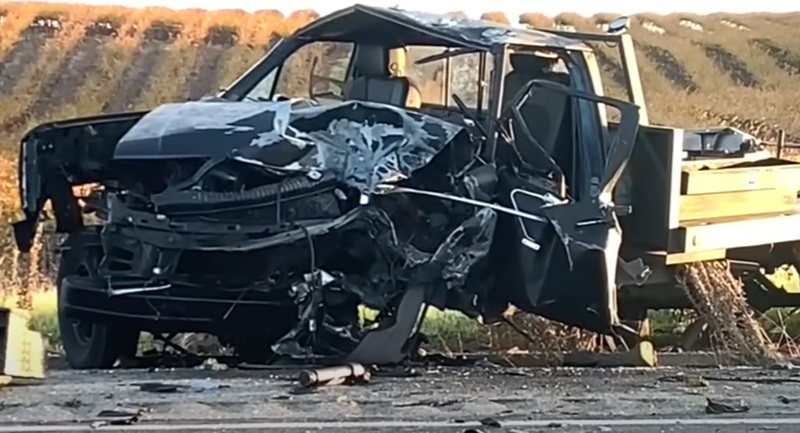
It’s official, drivers are getting worse and our roadways are getting more dangerous. Many states are reporting increases in fatal crashes over the past half-decade. Fatal crashes are reliably reported but do not necessarily reflect the total number of crashes, or the total number of injuries. Statistics compiled and reported by the National Highway Traffic Safety Administration (NHTSA) show that 99.3% of all crashes reported to law enforcement are non-fatal, out of nearly half a million accidents.
Some recent figures show a percentage decline in fatalities last year, but as with all statistics, there are different measures and interpretations. The National Safety Council reports “From 2019 to 2022, the vehicle death rate increased 6.4%, the mileage death rate increased 10.8%, while the population death rate increased 16%.” The raw number of deaths is significant only in the context of how many drivers were on the road, how many miles were being driven, and what percentage of the population is reflected in the mortality rate.
While fatalities are reliably reported, lesser injuries or crashes may not be. Advancements in safety features can reduce fatal results, but not necessarily prevent the crash itself. Advancements in life-saving emergency medical care can turn what would formerly be a fatality into a survivor. While not the most reliable measure of driver behavior, anecdotal evidence from everyday observations would accept the reality that drivers are worse than they used to be.
Way back in 1923 when fatal car crashes were gaining attention Julien Harvey, an attorney and safety expert, developed the “Three E’s” of accident prevention. Engineering, education, and enforcement were the keys to understanding how accidents happen. Our safer road features and cars are thanks to engineering. Our public safety campaigns, driver education, and legislation are education efforts. It was in the early 20s that states began the enforcement component of traffic safety by adding highway patrol agencies specifically for regulating traffic.
Before state highway patrol agencies, sheriffs and local law enforcement were preeminent. Many sheriffs opposed state police agencies fearing usurpation of their authority. Some states restricted the state officers’ arrest authority, limited jurisdiction to highways only, and even had their officers work unarmed. While some states went with the state police title, most avoided the police term and called their agency a highway patrol. Their authority was eased into as their value was proven. Colorado originally formed the Colorado State Highway Courtesy Patrol. Missouri’s patrol had as its first motto “Gentlemen who enforce the law”.
With the advancements in engineering and education, if Harvey’s Es are correct, the deficit must be in enforcement. It would be no shock to say that police officers are making fewer traffic stops. A presumption in traffic safety studies is that there is a relationship between enforcement and crashes. The formula is known as the Traffic Enforcement Index defined by the U.S. Department of Justice as “The number of convictions with penalties for hazardous offenses divided by the number of fatal and injury accidents.” Given that NHTSA reports that 94% of crashes are caused by driver error, enforcement has its place in guiding driver behavior.
Balance these well-established principles and carefully calculated statistics against our current law enforcement situation. High call volume for police services, especially in areas where violent crime has risen, keeps officers away from discretionary activity like enforcing traffic laws. The recruiting and retention slump has reduced the staffing available for traffic enforcement – or any enforcement for that matter. High liability potential and anti-police sentiment have reduced many officers’ interest in pursuing discretionary contacts of any kind. Most outrageously of all, some agencies are choosing not to enforce lesser traffic offenses, or are forbidden by their legislatures to do so.
Decisions that reduce enforcement of traffic behavior and safety equipment are motivated by politics, not by rational study. Yes, speed kills, drugged driving kills, distracted driving kills. Add to that lethal list the non-enforcement of the law.